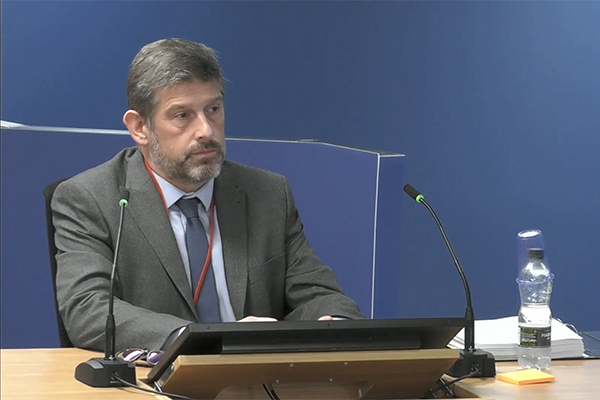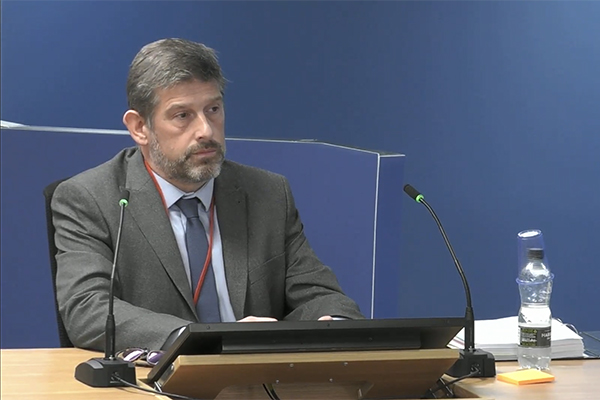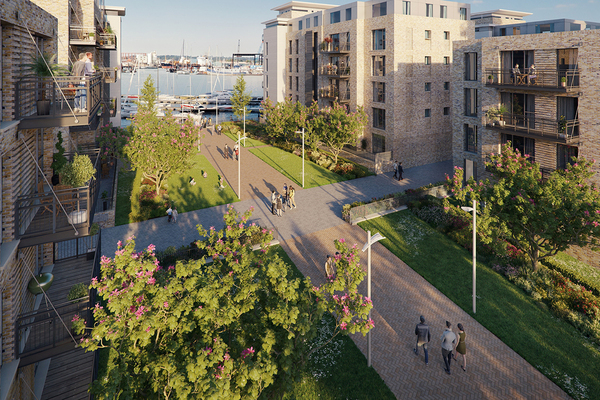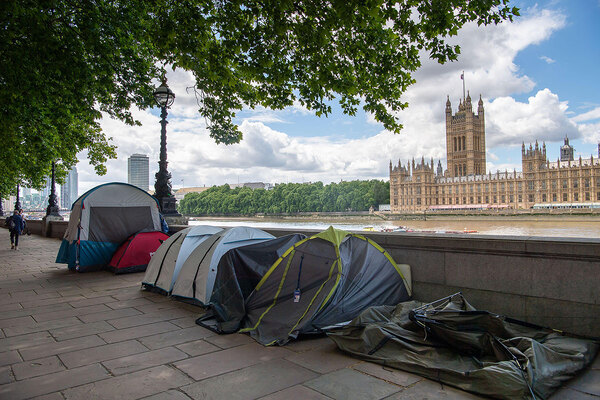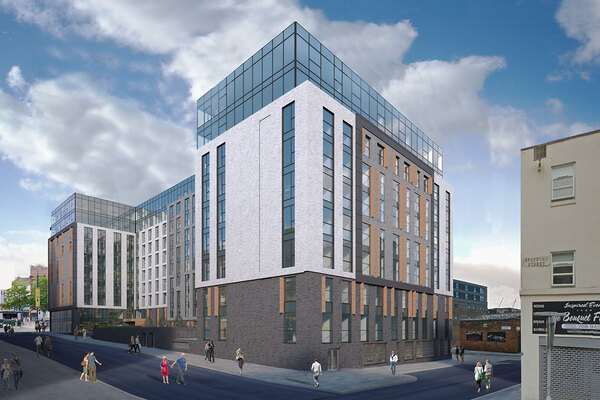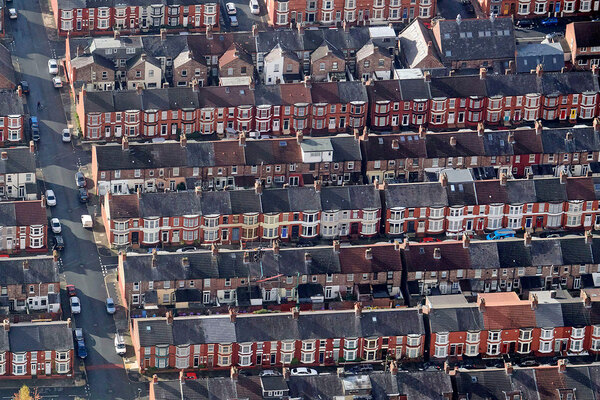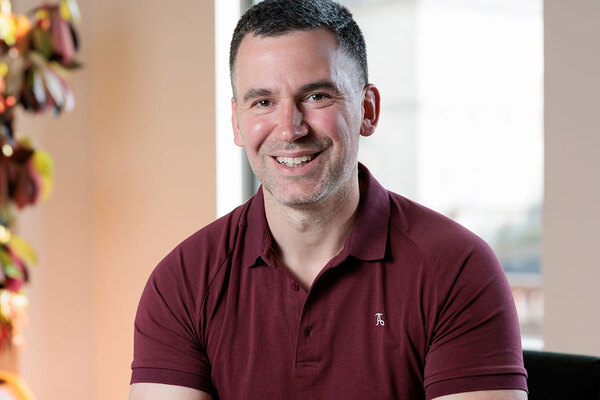Combustible Kingspan insulation to be kept on high rise despite cladding repair works
A London association and a developer plan to retain combustible insulation boards used on Grenfell Tower in the cladding system of a block being repaired due to fire safety concerns and will replace any damaged in the repair work with the same product.
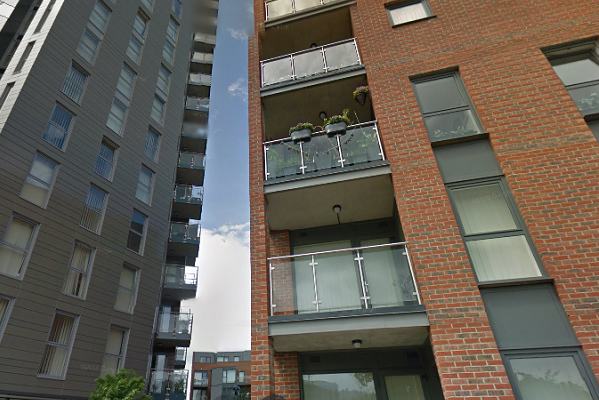
Notting Hill Genesis (NHG) is working with Hill Group to remediate the cladding installed on the walls of Zenith House in Colindale, north-west London.
The building’s was constructed around six years ago and has a cladding system made from non-combustible terracotta cladding panels and Kingspan K15 insulation, a phenolic foam product which is combustible.
Investigations in the aftermath of the Grenfell Tower fire revealed that horizontal fire breaks had been installed incorrectly, a defect which Hill has now agreed to fix under the building’s warranty.
But the K15 insulation will not be replaced as part of the work and new panels have been ordered from Kingspan to replace any damaged or displaced during the repair works.
Some of these were photographed by residents and posted to social media over the weekend.
Before Christmas, the Grenfell Tower Inquiry heard weeks of evidence about Kingspan’s testing of K15, which revealed the insulation was part of a system which burned like “a raging inferno” in secret testing in 2007.
Kingspan had previously been marketing the product for use on high rises on the basis of a successful 2005 test, but had subsequently made technical changes to the product which appeared to diminish its fire performance.
This is the flammable Kooltherm K15 insulation that @Hill_Group_UK and @NHGhousing are putting BACK onto Zenith Close in Colindale as part of ’remediation’ works.
— Cladding Jack (@CladdingJack)
So flammable you can’t even buy it anymore! Is this a joke?@Telegraph@DailyMailUK@MilesDilworth@ZenithClose pic.twitter.com/inBE1XNbkzThis is the flammable Kooltherm K15 insulation that @Hill_Group_UK and @NHGhousing are putting BACK onto Zenith Close in Colindale as part of 'remediation' works.
— Cladding Jack (@CladdingJack) January 9, 2021
So flammable you can't even buy it anymore! Is this a joke?@Telegraph@DailyMailUK@MilesDilworth@ZenithClose pic.twitter.com/inBE1XNbkz
An internal report of the 2007 test said the product burned “ferociously”, adding: “The phenolic was burning on its own steam and the BRE [Building Research Establishment] had to extinguish the test early because it was endangering setting fire to the laboratory.”
Despite this, the product continued to be marketed for use on high rises and a small amount was included in the cladding system on Grenfell Tower.
A terracotta system with K15 passed a large-scale test in January 2016, but did see 73 panels fall from the mock-system used in the test. However, this is not a factor considered within the pass fail criteria for the test in the UK.
NHG and Hill are planning a further test of the system, but this has not yet been carried out.
Hill justified the use of the continued use of panels by saying it was a “like-for-like product, as approved by building control, that will only be used to fix any incidental damage”.
Under the combustibles ban introduced in December 2018, K15 would no longer be permitted on a building taller than 18m if it was being newly built or refurbished.
Zenith House is 50m tall, but the work is deemed repair work rather than a replacement of the cladding system.
Numerous other towers with cladding systems repaired after Grenfell kept combustible insulation behind new panels, although these were projects started before the combustibles ban came into effect.
One resident of the block, who asked not to be named, told Inside Housing: “Even if they are right within the letter of the law, it still feels like they are cutting corners.
“I get that they are legally allowed to be doing what they are doing, but to have an insulation you know is combustible and not remove it, just feels wrong to me. Once you have people onsite doing the work and you are fixing the system anyway, changing the insulation is not a huge additional cost.”
Leaseholders are not paying for the remediation work as it is being covered under the Hill warranty. NHG also covered the cost of a waking watch to protect the block.
However, they are likely to be billed an average of £1,162 each for a new alarm system.
An NHG spokesperson said: “We do have Kooltherm K15 insulation installed behind non-flammable terracotta cladding on parts of Zenith House. Work will imminently start on repairing and installing cavity barriers throughout Zenith House. This will make the entire system much safer as it will ensure fire cannot spread across the building.
“There is a small supply of Kooltherm K15 on site in case any damage is caused during this work. It will allow us to quickly replace any damaged insulation and prevent any further delays.
“The external wall system as a whole will also undergo rigorous and independent testing to ensure it resists the spread of fire.”
A spokesperson for Hill added: “The works we are about to commence relate to addressing the horizontal firebreaks, as previously communicated to residents.
“The K15 insulation is a like-for-like product, as approved by building control, that will only be used to fix any incidental damage that occurs to the current insulation during the work, which will help prevent any further delays.
“We will ensure the new firebreaks are installed so that they tightly abut the vertical firebreaks at the junction of each apartment. Once complete, we are confident that the external wall will suitably resist the spread of fire and we are verifying this through a [large-scale] test, which will test the actual performance of the building in the event of a fire. This approach has been approved by Notting Hill Genesis.”
In its opening statement, Kingspan said its claims about the safety of its product had been verified by testing since 2015 and after the fire at Grenfell Tower.
Sign up for our fire safety newsletter
Already have an account? Click here to manage your newsletters
